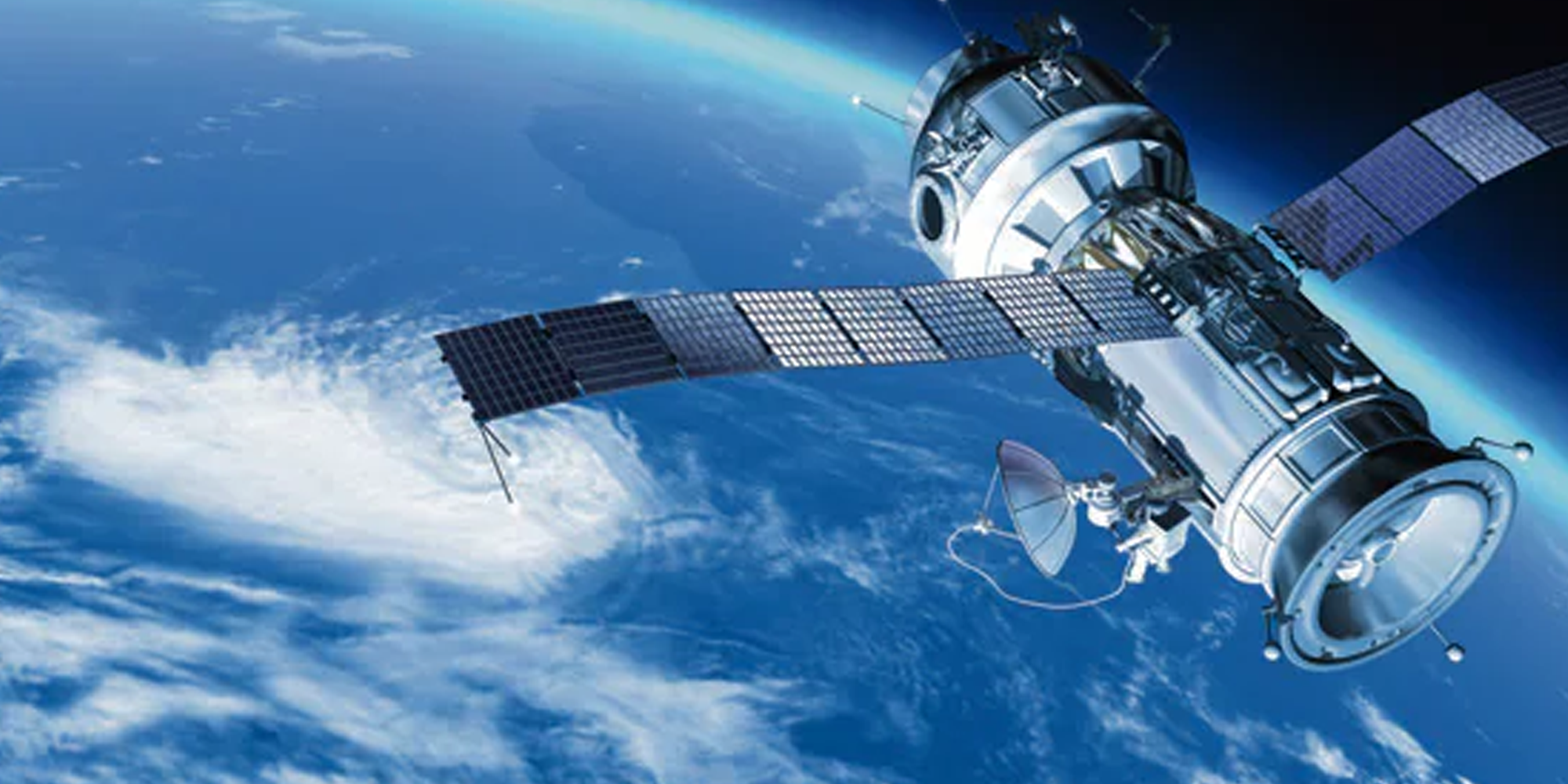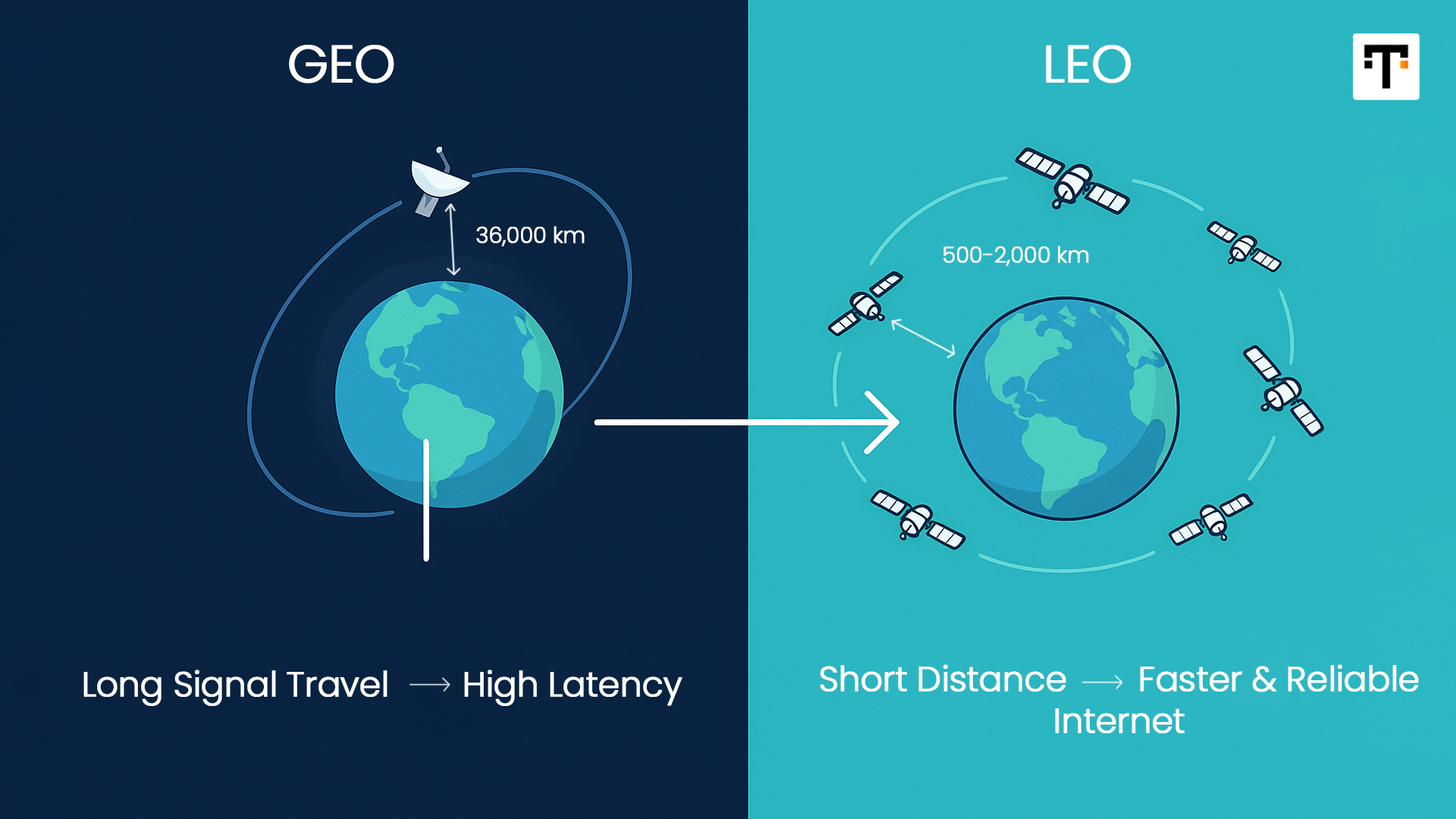Necessary Always Active
Necessary cookies are required to enable the basic features of this site, such as providing secure log-in or adjusting your consent preferences. These cookies do not store any personally identifiable data.
|
||||||
|
||||||
|
||||||
|

In the early days, internet access was largely limited to areas served by cell towers and fiber-optic cables. Despite this, remote regions with little or no access to the internet faced a very different reality.
Imagine trying to run a business or complete your studies without a reliable internet. For many people in rural areas, this is their everyday reality. As a result, whole communities are cut off from the digital world, missing out on opportunities that could improve their education, healthcare, and livelihoods.
According to a report by the International Telecommunication Union (ITU), approximately 2.6 billion people or 32% of the global population remain offline as of 2024. In addition, about 1.8 billion of these individuals reside in rural areas, underscoring the significant urban-rural divide in internet access.
Let’s take a look at how private satellites are eliminating the need for extensive terrestrial infrastructure thereby providing internet access to users in remote regions on demand.
For years, the primary method for providing internet access was terrestrial infrastructure, such as fiber-optic cables and cell towers. However, the cost and logistics of laying down thousands of kilometers of cable in remote, rural areas make this approach impractical.
Additionally, natural barriers like sparsely populated islands, remote mountain valleys, rivers, and dense forests make it even more difficult to install traditional internet infrastructure. Even when satellite internet was introduced, the old method of using high-latency Geostationary Orbit (GEO) satellites presented its own problems.
GEO satellites orbit at a distance of approximately 36,000 kilometers from Earth, which means data has to travel a long distance, resulting in high latency, slow speeds, and unreliable connections. As a result, many communities remained underserved and unable to access the benefits of fast, reliable internet.
Private satellite companies can provide internet connectivity in many locations, offering global coverage and rapid deployment. If you are wondering what a private satellite means, it is a spacecraft owned and launched by non-governmental entities. These satellites are initiated and operated by private corporations for commercial purposes, such as providing global internet access or conducting scientific research.
Today, private satellite internet services, like Starlink or Viasat offer an alternative to traditional fiber-optic cables and cell towers, particularly in remote areas, by providing broadband internet access through a network of low Earth orbit (LEO) satellites.
For many years, internet access has been provided by Geostationary satellites (GEO), operated by companies like Eutelsat, Hughes, Inmarsat, Intelsat, Viasat, and others.
GEO satellites, while widely used for internet access, are large, costly, and suffer from high latency due to their 36,000 km distance from Earth. This delay, which exceeds 600 milliseconds (ms), creates noticeable lag that affects modern services including video calls, gaming, and virtual collaboration.
In contrast, LEO satellites, orbiting much closer to Earth with an altitude of 2000km or less, offer low-latency, and high-speed connections. A LEO satellite has an orbital period under ~128 minutes (i.e., <2 hours), but a single satellite is only visible from one ground point for a few minutes — hence constellations are required for continuous coverage.

Low Earth Orbit (LEO) satellites orbit much closer to the Earth than traditional geostationary satellites. This proximity allows them to deliver round-trip times (RTTs) in the range of tens of milliseconds, comparable to terrestrial broadband. In contrast, GEO satellites often experience delays of several hundred milliseconds, which makes them unsuitable for applications like video conferencing, online gaming, and other real-time services.
Through large satellite constellations, LEO systems can provide coverage across the entire globe, including remote and underserved areas. This means rural communities, remote schools, and isolated regions where laying fiber or other terrestrial infrastructure is impractical can now gain access to high-speed internet.
Launching satellites into LEO is less expensive than deploying them into geostationary orbit. With reusable launch vehicles and mass production of satellites, private companies are driving down costs significantly. This affordability makes global connectivity more feasible and scalable, helping bridge the digital divide.
Elon Musk does not own all the satellites in space; however, SpaceX’s Starlink has deployed thousands with the ambitious objective of providing high-speed internet access across the globe. But, the satellite race doesn’t stop there.
For example, OneWeb was founded with the aim of bridging the global internet gap, especially in remote areas. With a fleet of Low Earth Orbit (LEO) satellites, OneWeb is working hard to connect the “unconnected,” aiming for a brighter future with global coverage.
Then, there’s Amazon’s Project Kuiper, founded by Jeff Bezos and working to launch thousands of satellites to deliver broadband internet to underserved communities. Just like Musk’s Starlink, Project Kuiper aims to provide reliable internet where traditional networks can’t reach.
Each of these ventures, led by some of the biggest names in tech, is pushing the boundaries of what’s possible in satellite communication.
The shift to Low Earth Orbit (LEO) satellites is not just about faster internet speeds. It is transforming how industries operate and how communities connect, creating opportunities that were once out of reach. By closing the connectivity gap, LEO systems are unlocking new possibilities for businesses, education, healthcare, and social development worldwide.
In remote areas, many industries such as mining, agriculture, and tourism struggle with slow or unreliable internet access.
The introduction of satellite internet is a lifeline for these industries, enabling businesses to connect with suppliers, customers, and markets.
For example, an impact report conducted by TS2 Tech highlights how Starlink’s services have enabled rural communities in over 100 countries to access the internet more effectively. Also, the report confirms the growing influence of Starlink as the fastest satellite provider in North America.
Small businesses can now operate online, reaching a broader customer base and improving their chances for growth. For instance, Starlink offer business-tailored plans such as the 50 GB “Local Priority” plan, ideal for back up connectivity and small businesses with modest bandwidth needs.
For students and teachers in isolated areas, satellite internet has been a game-changer. In March 2025, Indian telecom companies Jio and Airtel partnered with Starlink to bring satellite internet to India, aiming to improve connectivity in remote areas. Remote learning is now a reality for students in areas where traditional schools cannot be easily accessed.
Similarly, Telehealth is changing the way we access healthcare by enabling providers to reach rural and underserved communities more effectively. Whether it’s a remote village in Africa or a mining town in the Australian Outback, satellite internet enables doctors and nurses to offer consultations, share medical records, and receive life-saving guidance in real time.
One of the most important applications of satellite internet is in disaster relief. During natural disasters like hurricanes, earthquakes, or floods, traditional communication infrastructure often fails.
When Hurricane Harvey hit in August 2017, it disabled 70% of cell towers in Houston, disrupting communication for over 200,000 homes and nearly 17,000 call centers, including 911 dispatch. Emergency responders relied on satellite systems to restore connectivity and coordinate rescue efforts.
Satellite internet can provide an emergency lifeline, allowing communities to stay connected to the outside world and facilitating the coordination of rescue and relief efforts.
Private satellites are increasingly becoming a primary option for connectivity in remote regions, maritime operations, and emergency response.
This shift is a major step toward making satellite technology a reliable solution for internet access.
As more private satellite providers enter the market, we can expect prices to drop and performance to improve, making satellite internet more affordable and accessible.
To ensure global inclusion, a hybrid model that combines satellite and terrestrial networks will likely become the foundation for a more resilient and globally interconnected internet ecosystem.
By integrating the strengths of both technologies, this model can ensure wider coverage, particularly in remote and underserved regions. However, challenges such as regulatory hurdles, geopolitical issues, and the risk of network congestion must be addressed.
Finally, because private satellites can offer connectivity anywhere, they have the potential to transform the lives of millions in underserved and remote areas. This will provide them with greater access to education, healthcare, and economic opportunities.
Sign up to receive our newsletter featuring the latest tech trends, in-depth articles, and exclusive insights. Stay ahead of the curve!